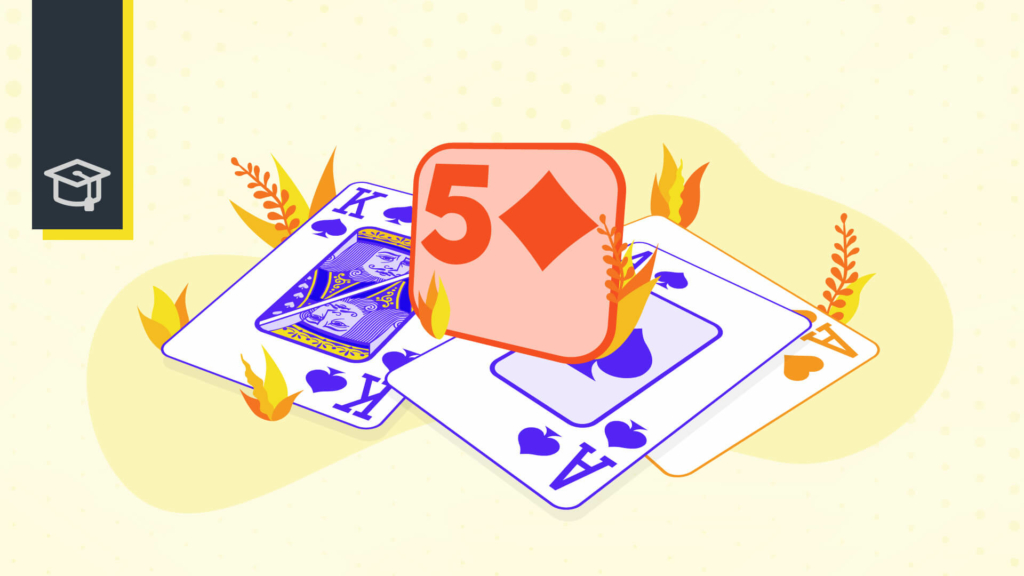
Exclusion Blackwood

You want to know your partner’s number of key cards but there is a hitch. You have a void! The ace in the suit will often be useless to you. To get the correct response, use Exclusion Blackwood. Nevertheless, be careful not to confuse it with a control-showing cue bid or a splinter. It should therefore be handled delicately.
Here are the steps to go through and the conditions under which you can and should use Blackwood:
1) Enough assets to be able to visualise twelve tricks.
2) The number and quality of your trumps.
3) A control in each suit.
4) Check that you are not missing two key cards by checking your number of aces: a 4NT bid to ask about the five key cards.
And be careful; never bid Blackwood with a void in your hand. The reason is obvious. The responses to Blackwood do not provide information as to the suit of the aces but the number. If one of the aces shown in response happens to be opposite the void, it is redundantly useless. This problem can only be resolved if the answer shows the suit where the Ace is, as it would after a game-forcing 2♦ opening. Take this convincing example. You open 1♠ as West, with:
♠ A Q 10 6 4 2
♥ K Q J 7
♦ –
♣ K Q 4
The sequence continues:

You have every reason to take charge and the number of tricks you will take depends exclusively on the three key cards: the King of Spades, the Ace of Hearts and the Ace of Clubs. In view of this, you decide to bid Blackwood, 4NT. But no response can really satisfy you:
- If the response is 5♣ (three or zero), presumably three aces, there may or may not be a crucial ace missing; you will not know whether to play in 6♠ or 7♠.
- If the response is 5♥, two aces, you have to decide between 5♠ and 6♠ with no way of knowing. Slam will be 100%, 50% or 0% depending on which key cards you are missing.
You need a Funbridge Premium or Premium+ subscription to keep reading.
To read the rest of Alain Lévy’s article, please log in with a valid Premium or Premium+ account.




Very usefull. Thanks!
Who plays this EXCLUSION BLACKWOOD?
Very useful article. Make me more understand how to use this convention.
Excellent – I wasn’t aware of this tool before now!
Very useful information
Very useful information
Love it